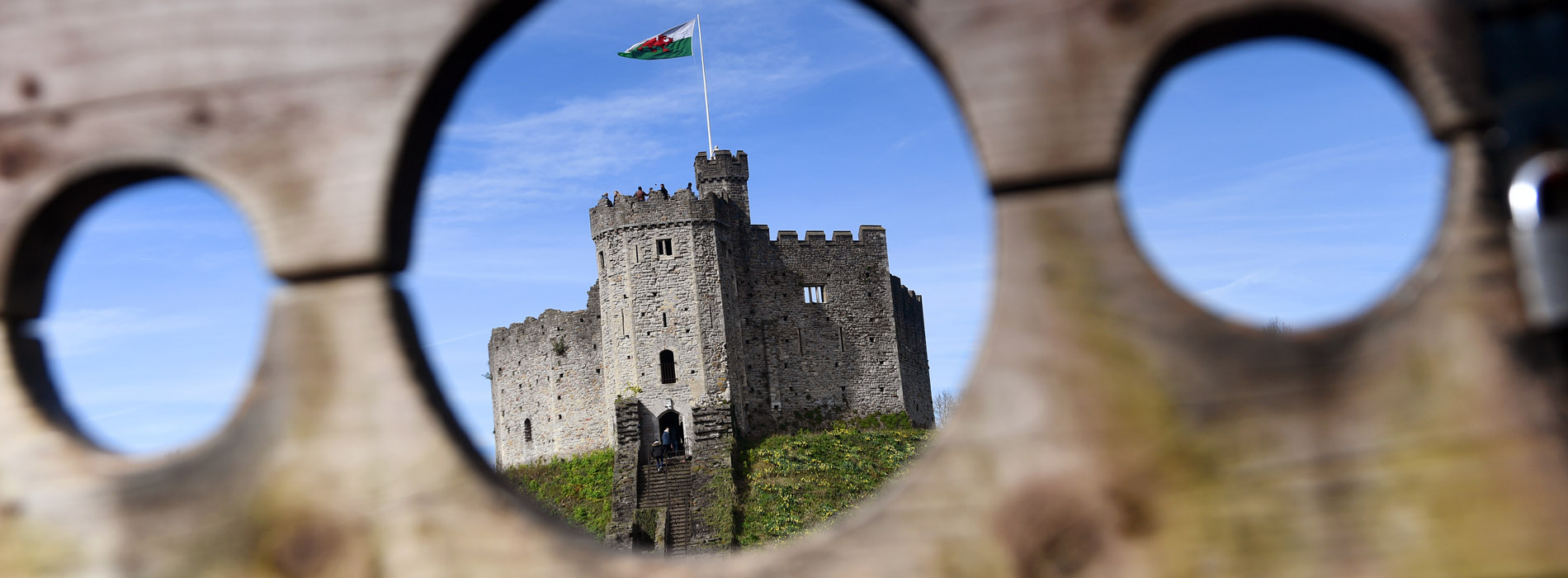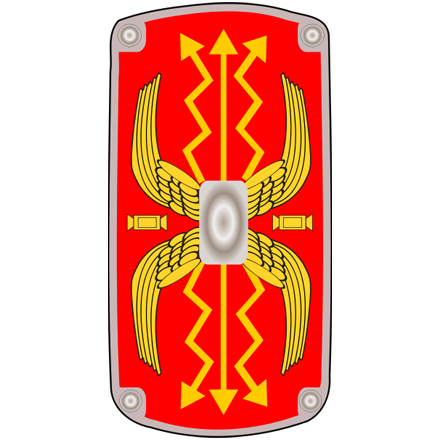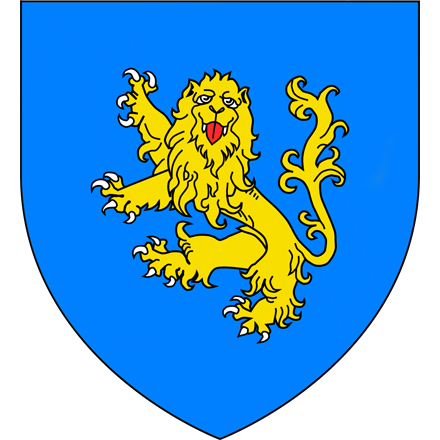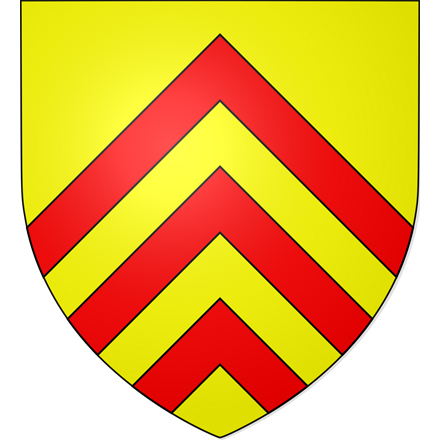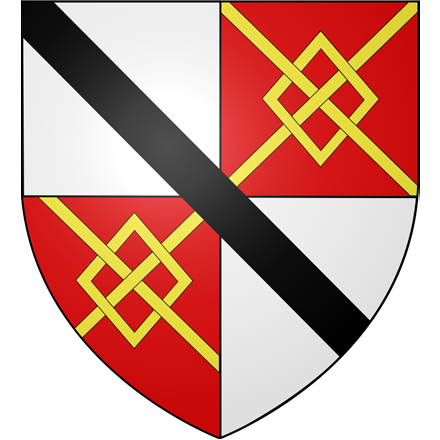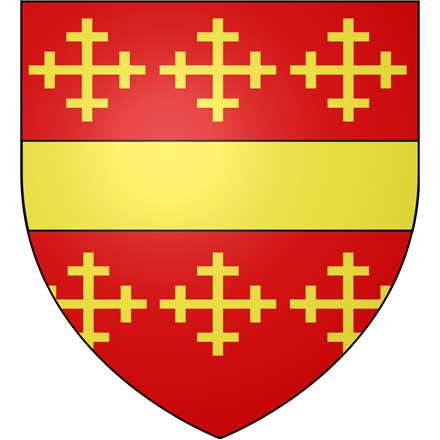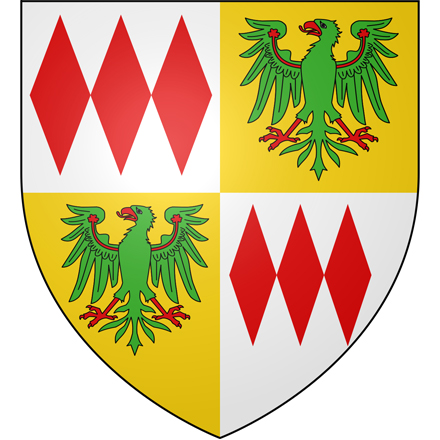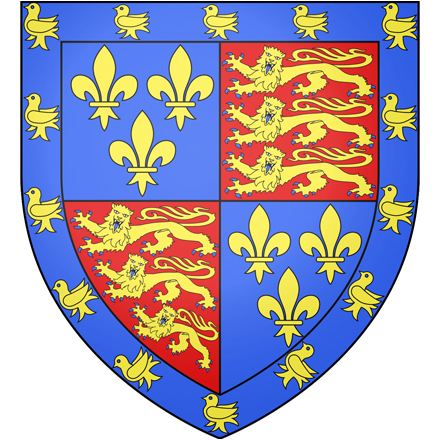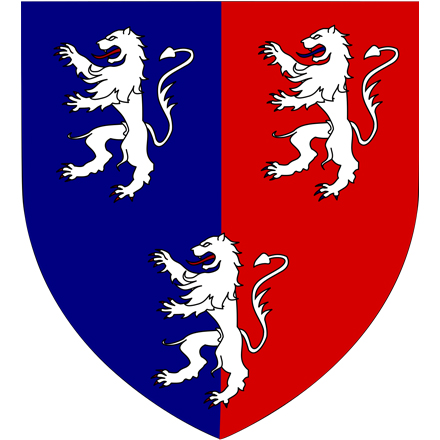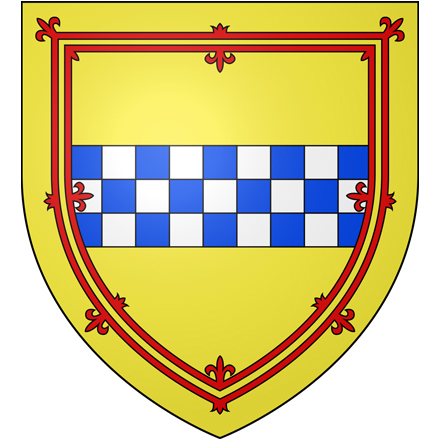What are you looking for?
The Herberts & Windsors
1551 – 1776 AD
William Herbert was a man of great national importance, who became highly influential at the Tudor Court, although in his youth, he was described as a ‘mad fighting fellow’.
Through the good offices of the king, William acquired much property in South Wales. When Henry VIII died in 1547, William, one of the king’s executors, became one of the young King Edward VI’s governors, and held other very high offices under the crown. He was created Baron Herbert of Cardiff and Earl of Pembroke in 1551, when he was given the castle at Cardiff, as well as Caerphilly Castle, Castell Coch and extensive lands. His son Henry, the 2nd Earl, extended Cardiff Castle and did much to modernise it during the 1580s.
The outbreak of the Civil War in 1642 saw Cardiff Castle in the hands of an earl whose sympathies lay with the ‘rebels’. However, the castle was at one time or another, held by both the supporters of the King and of Parliament. The castle was very badly damaged during the Civil War, to the extent that the keep was abandoned as a residence thereafter.
The Herberts spent little time at Cardiff during the seventeenth century, preferring their grander seat at Wilton. The 7th Earl, a homicidal brute who had no male heir, managed to settle the Welsh estates on his daughter. It was during the time of the 7th Earl Father John Lloyd and Father Philip Evans were imprisoned in the Black Tower and were hanged, drawn and quartered for high treason as Catholic recusants in 1679,
What was left of the Herbert estates in Glamorgan had passed to Thomas, 1st Viscount Windsor on his marriage to Charlotte Herbert, daughter and heiress of Philip, the 7th Earl, in 1703.
The Glamorgan lands, and Cardiff Castle, became Bute property in 1776 through the marriage of Charlotte Jane Windsor to Lord Mountstuart. He later became the 1st Marquess of Bute.


